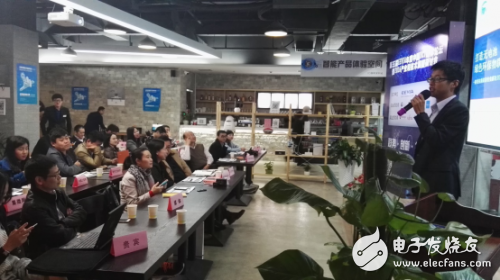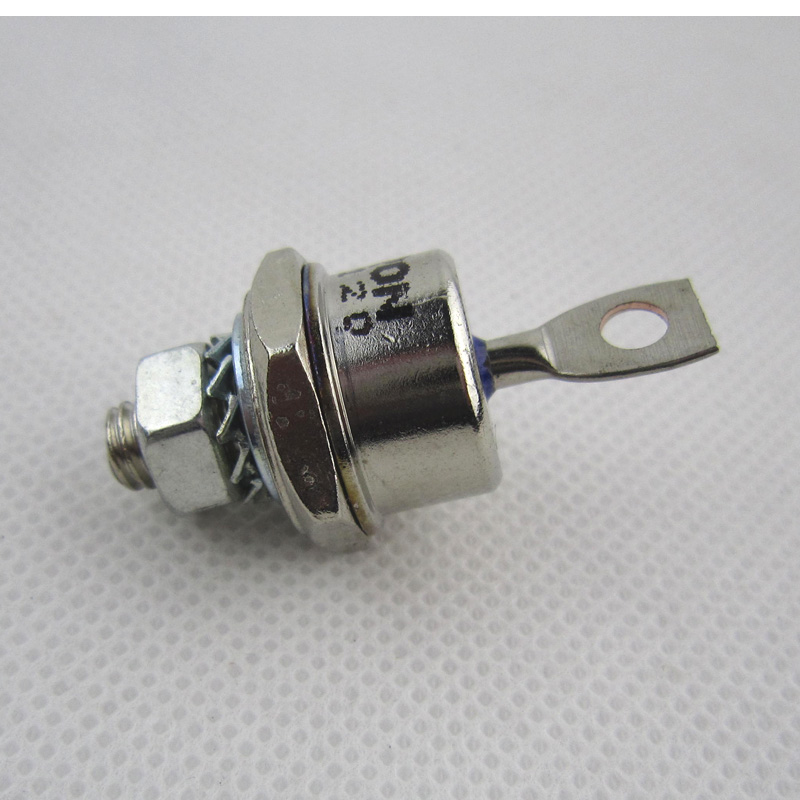The Internet of Things after the Internet undoubtedly indicates a greater development opportunity, and many technology giants have coincidentally laid out the Internet of Things. Some agencies predict that by 2020, the total number of connected devices will reach or exceed 50 billion. The Internet of Things will include many devices in the home, ranging from smart thermostats to wearable devices to smart refrigerators. The long-standing Internet of Things is about to break out. The chart below summarizes the forecasts of the size of the IoT market by various institutions and companies.

However, with the increasing number of connected devices, how to solve the problem of power supply and energy saving is an unavoidable challenge. How to make the Internet of Things become green and green has become a topic of increasing concern! At the "2016 China ICT Media Forum and Industry and Technology Outlook Seminar" hosted by EEVIA and IC Coffee recently, Mr. Li Dongdong, Cypress Semiconductor Analog Chip Product Manager, presented to the reporters and engineers present on the issue of sensor power supply under the trend of the Internet of Things. The company demonstrated the energy harvesting technology solution and introduced the latest ultra-low power, highly integrated global minimum size energy harvesting chip, which can greatly reduce the number of battery users, increase the application scenarios of sensor nodes, and make battery-free green. The dream of the Internet of Things shines into reality.


Replace the battery into a wireless sensor network application to expand the "blocking tiger"
"By 2020, there will be 50 billion devices/devices connected to the network, of which more than 5 billion will be wirelessly connected, accounting for 10%-20%, which means at least 5 billion wireless sensors are needed. Power supply. Replacing a huge amount of batteries every year will cause great waste. Environmental pollution and high labor maintenance costs will definitely restrict the development of wireless sensor networks. The power supply problem will undoubtedly become a huge challenge for wireless sensor networks." Li Dongdong explained .

Since the introduction of research on the wireless sensor network in the late 1990s, it has attracted great attention from military, industrial and academic circles in various countries due to its great application value. For example, DAIRYMASTER is a European cheese industry equipment manufacturer that has developed an automatic estrus detection system Moo-Monitor that allows cows to be monitored for 24 hours. Once the cows have an estrus condition, Moo-Monitor will inform the farmer of the accuracy. Can reach 88.6%. If the system is popularized in the United States, it can increase the production of cheese by $300 million.

However, replacing the batteries of monitoring equipment for thousands of cows is a nightmare! Making the wireless sensor network work uninterrupted becomes a huge challenge for such systems. In the application of wireless sensor networks, the battery energy of wireless sensor nodes is the most important and most deadly key factor in many constraints.

Using energy harvesting technology to enable wireless sensor nodes to collect energy from the environment, with the ability to supplement energy, so that the wireless sensor node avoids the energy one-way decreasing process, and further utilizes energy management and energy transfer technology to achieve the permanent lifetime of the wireless node. The purpose of wireless sensor network wireless use. So, what is the working principle? The wireless sensor node senses the environmental state through sensors such as temperature, humidity, brightness, and pressure. After the microcomputer processes the data, it transmits data to the cloud network wirelessly to complete further energy collection.

At present, wireless sensor networks have been successfully applied to industries, agriculture, smart homes and other fields, bringing good economic benefits. With the maturity of energy harvesting technology, wireless sensor networks will be more widely used. Li Dongdong showed several cases of battery-free wireless sensor node application scenarios using Cypress solar power supply solution:

For example, Misfit previously released the Violet version of Swarovski Shine, the world's first sports sleep tracker that does not require charging or replacing batteries. Users can expose the handle ring to sunlight, LED lights or halogen lamps for charging. It features Shine's main hardware features, including basic functions such as step, sleep quality and calorie consumption detection, and is water resistant to 50 meters. In terms of design, the violet Swarovski Shine dial crystal is a small solar panel that can effectively collect, store and store solar energy.
Fast Recovery Diode (FRD) is a semiconductor diode with good switching characteristics and short reverse recovery time. It is mainly used in switching power supplies, PWM pulse width modulators, inverters and other electronic circuits as high-frequency rectifier diodes. Free-wheeling or damper diodes are used. The internal structure of the fast recovery diode is different from that of an ordinary PN junction diode. It belongs to a PIN junction diode, that is, a base region I is added between the P-type silicon material and the N-type silicon material to form a PIN silicon wafer. Since the base area is thin and the reverse recovery charge is small, the fast recovery diode has a short reverse recovery time, a low forward voltage drop, and a high reverse breakdown voltage (withstanding voltage).

Fast Recovery Stud Diode,Stud Type Fast Recovery Diode,Fast Recovery Diode,Stud Rectifier Power Diode
YANGZHOU POSITIONING TECH CO., LTD. , https://www.cndingweitech.com